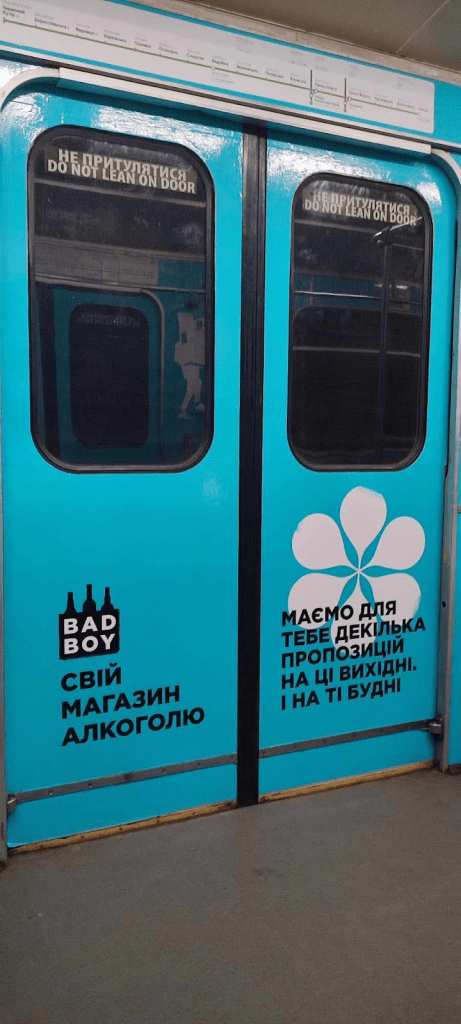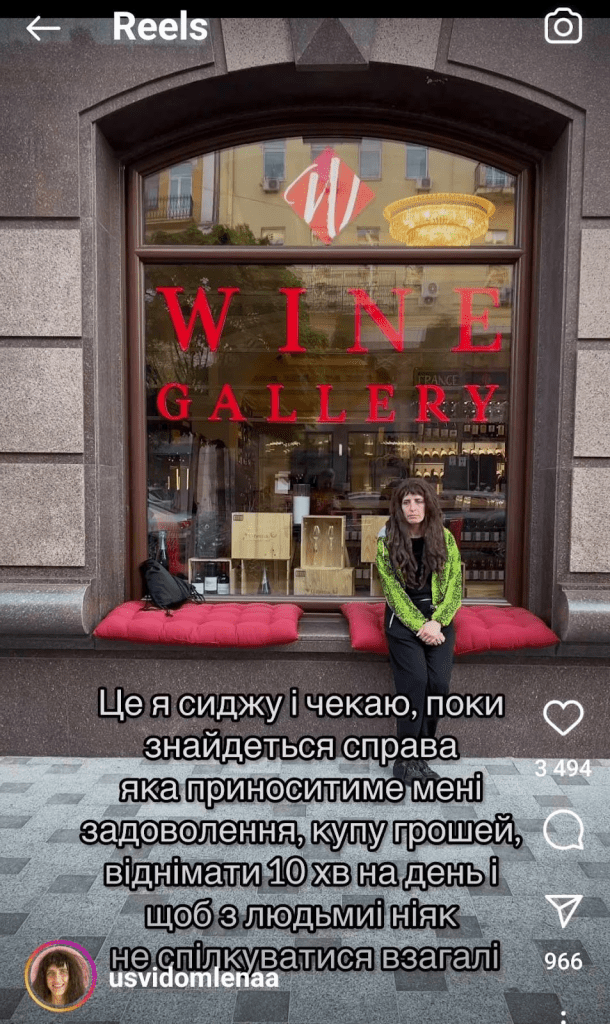Advertising in the bushes: types of guerrilla marketing

Contents:
Contents:
The concept has been known since the 1980s. Its creator is the successful American creative, Conrad Levinson.
It is one of the ways to announce your product in such a way that it is guaranteed to be noticed. At its core are the same methods used by guerrillas to protect their land: pinpoint diversions that don’t require a lot of money but create a lot of noise.
In his book “Guerrilla Marketing”, which actually gave the approach its name, the author discussed the affordable options available at the time for cost-effective promotion. The book was intended for small and medium-sized businesses.
Six Characteristics of Guerrilla Strategy
Levinson’s ideas have not lost their relevance, and have somewhat transformed.
Firstly, elements of guerrilla promotion are often used by well-known, expensive brands, thus the issue of cheapness is negated. Secondly, the guerrilla approach is closely intertwined with other strategies.
For example, with ambient and edgy marketing, which are not discussed in Levinson’s book, and even with viral marketing, which is a separate direction in sales altogether.
Here are six qualities that distinguish a purely guerrilla model of promotion — regardless of the strategy in which it is manifested:
- Audacity,
- Provocativeness,
- Unconventionality,
- One-time occurrence,
- Locality,
- Minimal investment.
Perfume, Asphalt, and Shortcomings
Example 1:
Once, in a Parisian shopping center, a visitor accidentally broke a bottle of perfume, which later turned out to be her own production. In the following days, all the female shoppers in the store asked to buy that exact fragrance that filled the air. It was a sample of “Youth Dew”—decades later, it would become iconic.
The creator of the composition was Estée Lauder, who would become a queen of the perfume business in the future. But at that time, she secured her perhaps first significant contract and paved the way for her success. It can be assumed that she didn’t break that bottle in the store by accident.
It’s possible that this story is a beautiful legend. However, it vividly illustrates low-budget advertising and marketing methods. After all, a bold provocation in the right place was unconventional, inexpensive, and the results exceeded expectations.
Example 2:
This example is more “grounded”, both literally and figuratively. It’s about animal paw prints painted on the ground, leading from a tram stop to a pet store, veterinary clinic, or a circus.
Yes, here an unconventional place for advertising was chosen, as normally only children draw with chalk on the asphalt. The expenses involved are a can of paint, a stencil, and an hour to create the masterpiece.
Pros and Cons
In both examples, the strategy relies on sparking interest. Also, the right place for advertising was chosen — guerrilla marketing (it’s always a local story).
In both cases, the main drawback of the promotion is apparent — the creative idea can only be executed once. A second time, it would not be funny or interesting.
Types of Guerrilla Marketing
Some researchers include pirate, public, projection, flash mob, experimental, and even extreme marketing under guerrilla marketing. We suggest sticking to three — these are entirely sufficient for successful promotion.
Ambient Marketing
Principle: Working with the surrounding environment. That is, placing advertisements where no one expects them. A sewer pipe, a manhole cover, a bush in the forest, a historical monument, transport, and even the human body.

Risks: Ethical and legal. In 2016, the “Rozetka” store made a huge sign at the entrance to the “Vokzalna” metro station in Kyiv. It could have been a guerrilla stunt (ignoring its cost, of course), but it outraged the public. The advertisement had to be removed.
Stealth Marketing
Principle: Promoting a product without directly advertising it. A textbook example is movies. James Bond, for example, very “subtly” uses specific brands.
Collaborations between bloggers or companies are one typical manifestation of guerrilla marketing.

Comments and reviews too.
“Girls, can you recommend an eyelash technician in our area?” — a typical post of covert advertising in a local group, with typical responses pictured.

Risks: Compared to other models — minimal, but still present. For example, reputational, if it turns out that the blogger you collaborate with violates moral or ethical norms, legislation, etc.
Viral Marketing
Principle: Promotion of the product by the consumers themselves. This is an ancient advertising method, which appeared long before the advent of marketing in general and guerrilla marketing in particular. Classics of the genre include gossip, rumors, and word of mouth. Today, it’s reposts of memes, jokes, and unchecked emotional news.

Note that non-advertising content often becomes viral, and this is also one of its characteristics.
Risks: Hard to control. Stopping viral advertising at will is impossible. Moreover, unsuccessful content can cause irreparable damage to the entire marketing campaign.
Conclusions:
Virtually any marketing move that advertises your product for practically nothing or at minimal cost can be considered guerrilla. For the move to be successful, as always, you need to perfectly know your target audience and have the courage to announce yourself in an unconventional way.
If we talk about the tools of guerrilla marketing, they are also unconventional in this case. These primarily include humor. Also, playfulness, ease, and even rule-breaking — within the limits of the law.




